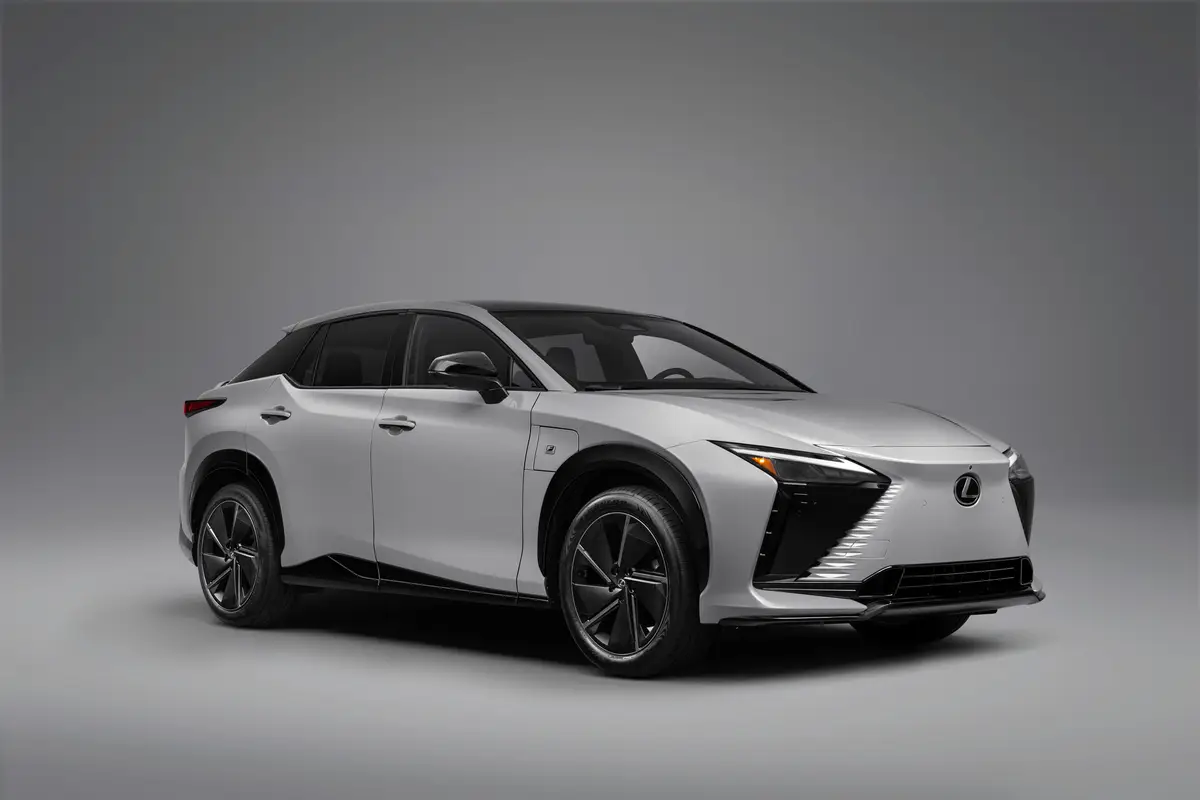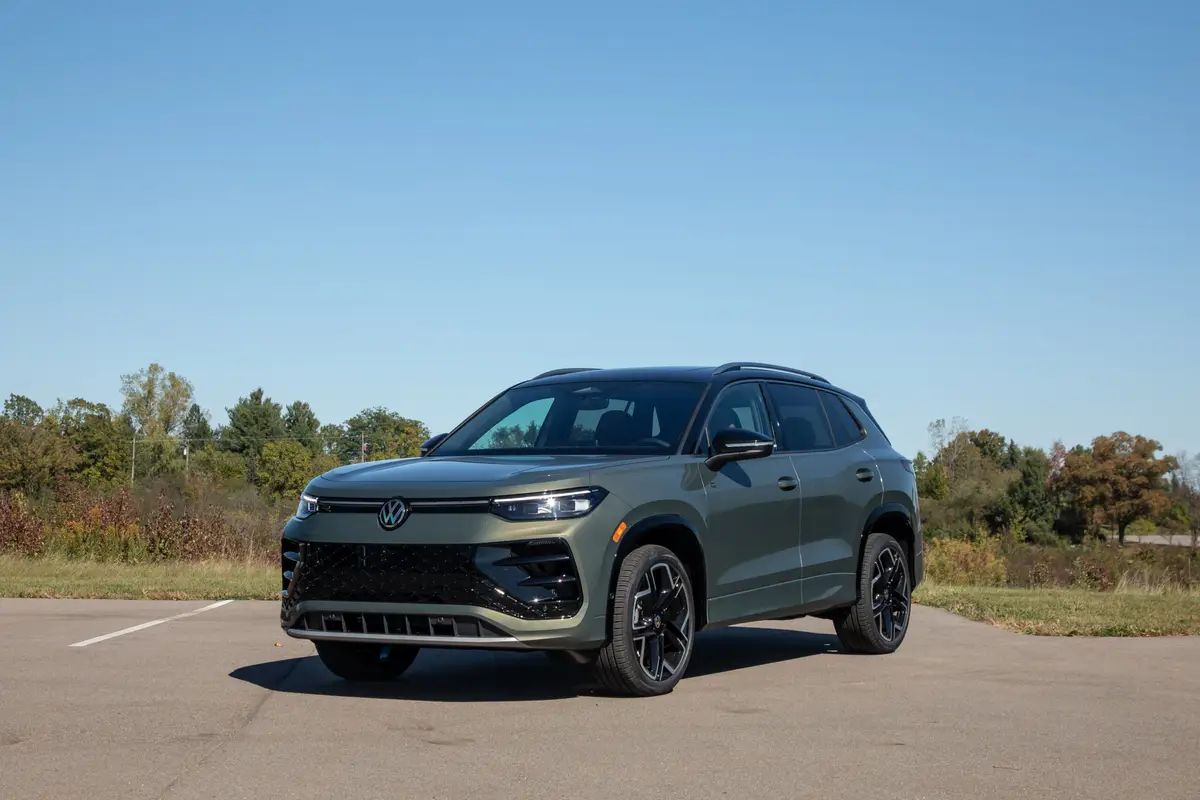washingtonpost.com's view
The world didn’t end in a blizzard as predicted on local TV. An exaggeration, of course. But no more an expansion of the truth than the repeated, sensational broadcast warnings of a major snowstorm approaching the Washington area — as if such an event would be unusual in winter.
Anyway, the weather was relatively mild. A thin layer of snow here and there, but nothing to challenge the 1998Saab 900 S Turbo Coupe. That was disappointing.
Saab Automobile, a pioneer in front-wheel-drive technology, builds cars that run quite well in the snow and mush, debunking the modern notion that four-wheel drive is needed to make it through seasons of inclement weather.
I’ve driven Saabs before on snowy turf — in Illinois, Michigan and Wyoming, where real ice storms are so common, few people get excited about them. In those places, Saabs never let me down. In fact, piloting their oblong, weirdly shaped bodies along snow-packed roads was fun — the joy of witnessing competence in motion.
That is what I hoped to do in Washington — it being about the last chance I would have to drive a factory-new 900-series Saab. The cars go out of production in 1998. They’ll be replaced by Saab’s 9-3 — read “Nine-to-Three” — models, which are supposed to be less quirky in design but just as capable as current Saab 900s on the road.
Time will test the value of those future cars. In the interim, there are deals to be made on the existing run of 900s. It’s a buyer’s market. And that’s no snow job.
The reality is this: Saabs are nichemobiles, which means they’ve never sold very well in the United States, where they occupy a barely noticeable 0.19 percent of the market. That’s less than Hyundai — or Kia.
That’s fine for a company that doesn’t want to make much money. But Saab Automobile is no longer such a business. It’s now controlled by General Motors Corp., and — heh, heh — GM thrives on making lots of money.
Saab thus has to navigate a tricky course by going mainstream, where the big bucks are, without losing too much Saabness, which made its cars interesting in the first place. Though it is among the last of the 900 series, the 1998 Saab 900 S Turbo Coupe gives some idea of where the company is going.
The key word is “smoothness” — from the softened exterior styling to the truly creamy five-speed manual transmission. No more harshly sculpted angles –typified by the 1981 Saab 900 notchback sedan — that confused linearity with aerodynamic design. No more struggling for reverse gear, which afflicted drivers of too many previous Saabs. Nearly everything in the 1998 car is smooth, flowing. Nearly everything.
The caveat is needed because much of Saab’s quirkiness remains in the 900 S Turbo Coupe, exemplified by an instrument panel that more befits an aircraft cockpit, and the floor-mounted placement of the ignition switch and power window controls. Not to mention the hard-to-reach, spin-wheel-type backrest lever on the driver’s sea t.
The car is equipped with a 2-liter, fuel-injected, turbocharged four-cylinder engine designed to produce 185 horsepower at 5,500 rotations per minute and 194 pound-feet of torque at 2,100 rpm. It’s a nice hummer. But there’s this: Though Saab makes better turbos than most of its rivals, the fact is that turbos — even the water-cooled type in the 900 S Turbo — are high-heat engines. Those engines tend to wear faster than the normally aspirated models, which don’t use devices such as turbos or superchargers to force in air for a better air-fuel mix and more power.
In addition to the five-speed manual transmission, other standard features on the Saab 900 S Turbo include four-wheel disc brakes with antilock backup; a four-wheel-independent suspension system; dual front air bags; three-point safety belts for all five occupants; and an automatic shutoff system for headlamps left on after the engine stops running.
1998 Saab 900 S Turbo Coupe
Complaints: Thei strument panel, manual driver’s-seat adjustments, ignition-switch location and power window controls all flunk the ease-of-use test.
Praise: The quirkiness of it all. Nothing like a Saab, which makes all of those oddly placed controls, well, charming.
Head-turning quotient: No one expects a beautiful Saab. In that regard, the 900 S Turbo is somewhat disappointing because it’s better-looking than its predecessors.
Ride, acceleration and handling: Triple aces in all the right places. One heck of a road car! Super-sweet in the curves. A total highway hoot! Excellent braking, too.
Safety: Safety experts give the Saab 900 S high ratings for overall crash-worthiness. Welded body construction and safety-cage design; very strong side-impact crash protection system; fuel tank centrally located, well away from possible impact intrusions.
Mileage: About 24 miles per gallon (18-gallon tank, estimated 419-mile range on usable volume of recommended 93-octane unleaded), mostly highway and driver only with no cargo. (Trunk capacity is 24 cubic feet but expands to 49.8 cubic feet with the rear seat folded down.)
Sound system: Six-speaker AM-FM stereo radio and cassette with Weather Band and CD changer controls. Installed by Saab. Good.
Price: Base price on the 1998 Saab 900 S Turbo Coupe is $24,500. Dealer invoice price on the base model is $23,610. Price as tested is $27,335, including $2,335 in options and a $550 destination charge.
Purse-strings note: You can deal on the 1998 Saab 900 series. These aren’t high-demand vehicles. Shop for the best price.
Latest news



